Although The Legend of Zelda: Tears of the Kingdom and Breath of the Wild both feature Ganon as the final boss, they do not follow all the conventions associated with The Legend of Zelda’s iconic villain. Of course, the clashes against Calamity Ganon and Demon King Ganondorf are incredibly memorable parts of these games, the culmination of all Link’s hard work and preparation. However, the circumstances surrounding these fights do arguably lack certain aspects from previous titles featuring Ganon.
The open-world design of BOTW and TOTK means that the final encounters with Ganon/Ganondorf can technically be reached very quickly. If Link ignores the immediate problems faced by Hyrule, such as TOTK’s “Regional Phenomena” quests, then there is nothing to prevent him from immediately attempting to reach the Sanctum of Hyrule Castle or Gloom’s Lair except whatever monsters he encounters along the way. Of course, this is extremely difficult, especially as Link may have had little opportunity to collect Heart Containers, Stamina Vessels, or weapons, but it is possible. This approach does provide its own challenges, but either way, older games had a different take on the entire sequence.
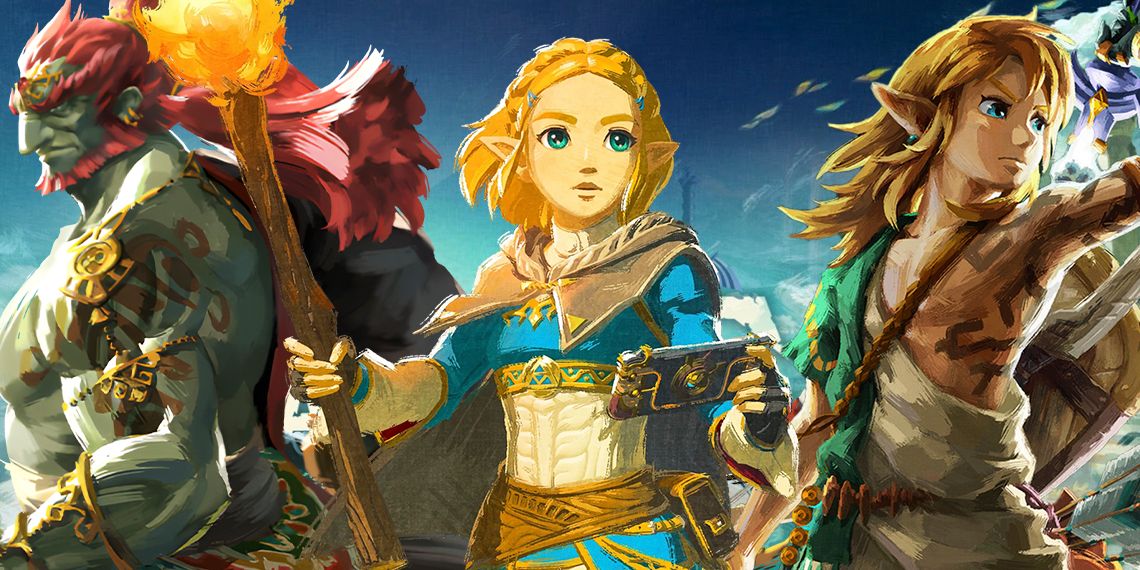
The Legend of Zelda: Tears of the Kingdom Review – Building Excellence
Tears of the Kingdom takes Legend of Zelda into mostly familiar ground, but it remains an excellent, must-play title with plenty of innovation.
Zelda: BOTW & TOTK Are Missing Ganon’s Castle
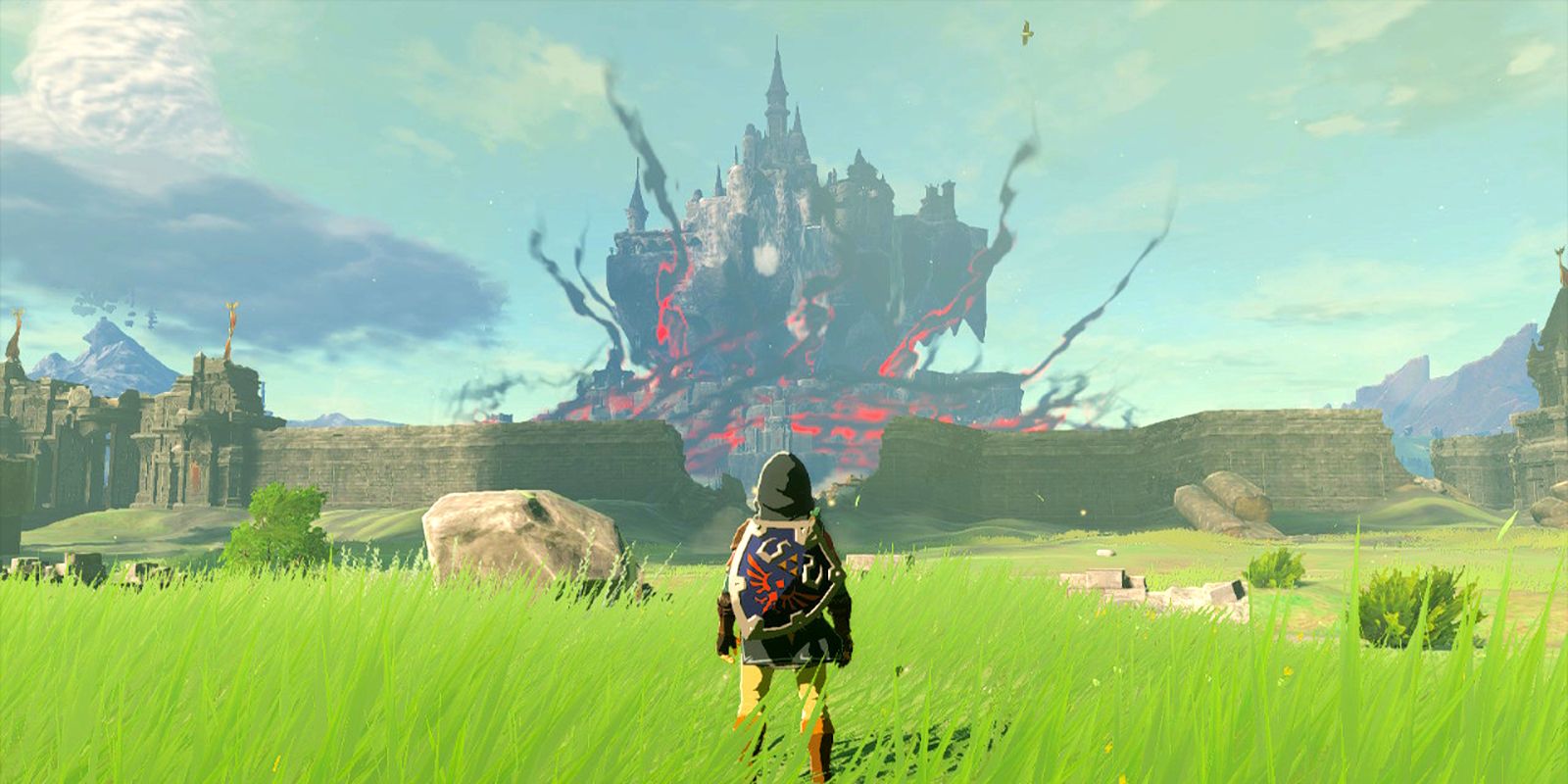
In Zelda games that feature Ganon or Ganondorf, it is common for Link to eventually tackle some version of Ganon’s Castle or Tower – an ominous dungeon with callbacks to previous dungeons. A Link to the Past, Ocarina of Time, and The Wind Waker all follow this pattern, allowing for the entire experience of Link’s journey so far to culminate in one last challenge. In BOTW and TOTK, however, this is clearly not the case; although the scale of Hyrule Castle and the Depths are incredible, they are not true dungeons. Instead, Link can simply run and dodge his way directly to Ganon with barely a scratch.
Although the Divine Beasts (and Shrines) can be considered dungeons of sorts in BOTW, they are not on the scale of the Temples seen in TOTK, nor is Hyrule Castle designed similarly. Moreover, although storming the Castle directly can bring conflict with Guardians, Lynels, and other powerful monsters, it is entirely possible to bypass danger with creative navigation of the castle’s terrain. A true Zelda dungeon, like those seen in TOTK, also features enemies, locked doors and puzzles that unquestionably bar Link’s path. This is even more apparent in TOTK, where making it through the Depths only really requires Stamina and limited use of Link’s other abilities.
The enemies Link can face are likewise fairly generic in anything other than numbers before reaching Ganondorf, with no major solo encounters. Admittedly, in BOTW, Link can fight the Blights if they were not previously defeated, but in this context, they are not returning for one more battle. Likewise, TOTK’s bosses always appear in the Depths after finishing off the Demon King’s Army, but do not have to be beaten if Link has faced them previously; the Sages will fight them off for him. Additionally, although these same bosses can also be re-encountered elsewhere in the Depths, the rematches are entirely optional and unconnected to fighting Ganondorf.
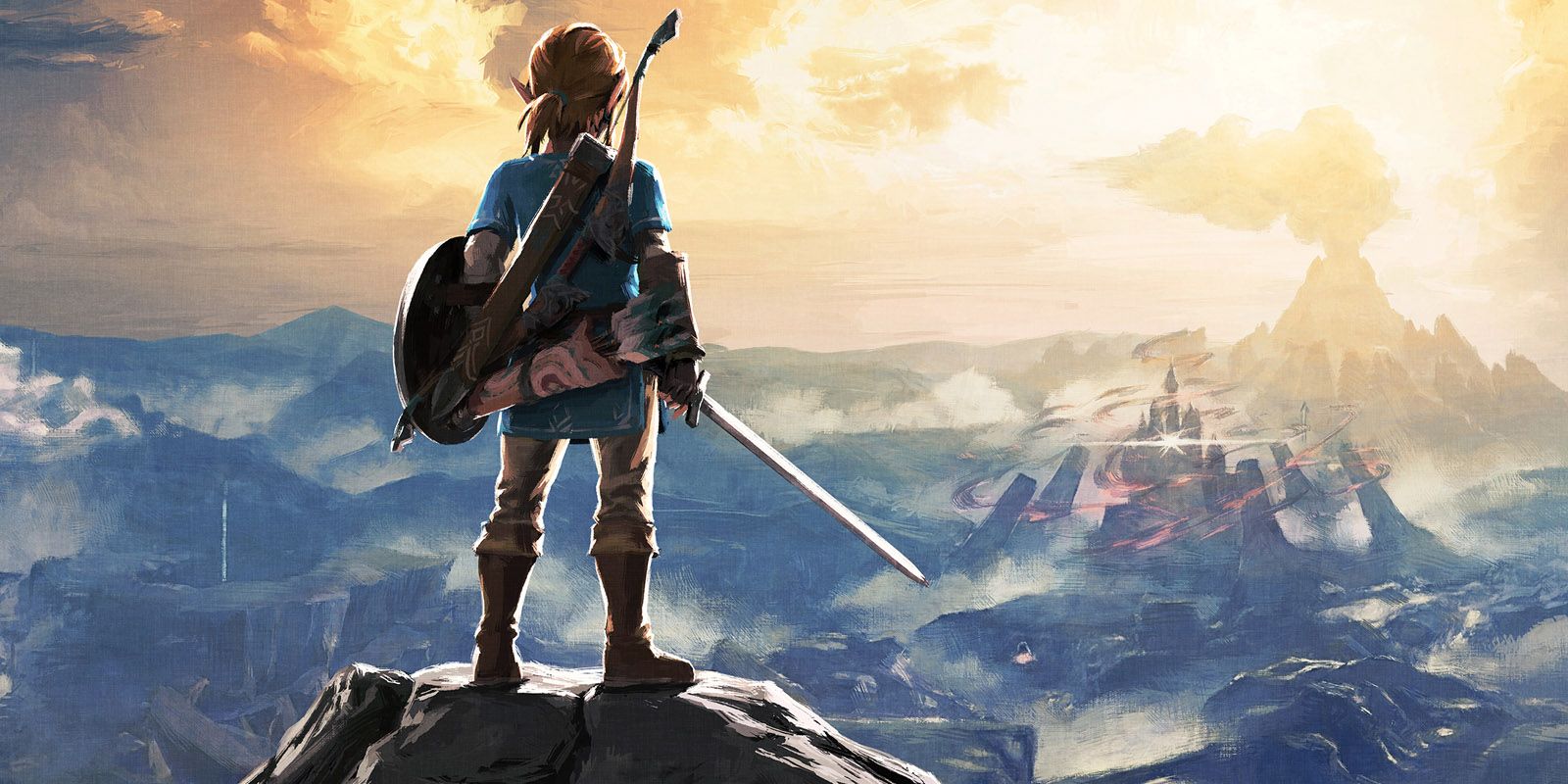
The Legend of Zelda: Breath of the Wild Review
The Legend of Zelda: Breath of the World perfectly mixes old with new and shows that Nintendo has definitely still ‘got it.
A Final Dungeon In BOTW & TOTK Could Have Posed The Ultimate Gauntlet
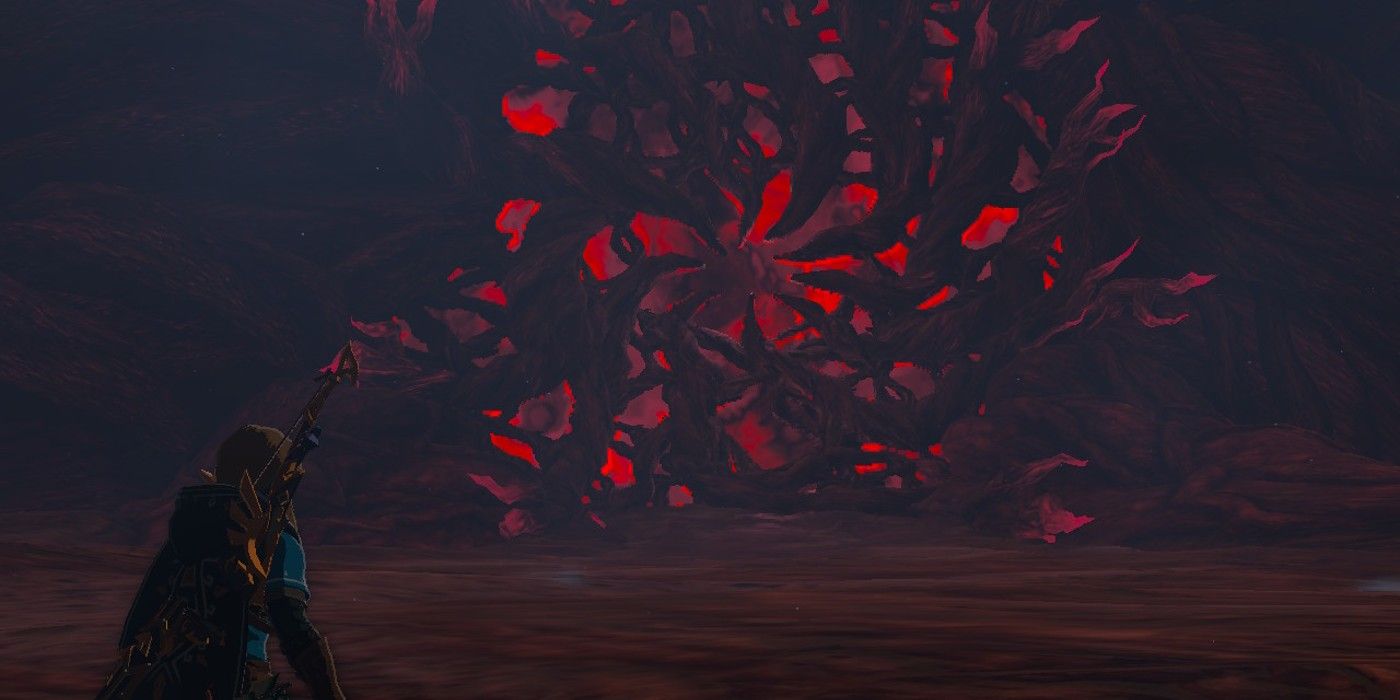
If BOTW and TOTK had continued this Legend of Zelda tradition, then there are a multitude of possibilities which could have come into being. For example, BOTW’s version of Hyrule Castle could have been filled with dangerous Sheikah technology, perhaps including new Malice-soaked variations of Guardians not seen anywhere else in the game as a prelude to Calamity Ganon. Also, the Blights could also have made non-conditional appearances, as could some elaborate puzzles. Link could also have needed to manipulate ancient Sheikah structures with the Sheikah Slate, similar to the Divine Beasts, perhaps even the exact same mechanics in new contexts.
Likewise, in TOTK, diving into the Depths and the ancient ruins found there could easily have been used to present Link with some difficult obstacles. The Sages’ abilities alone enable plenty of novel puzzles, as demonstrated in their associated Temples. Although, that being said, it should be noted that there would need to be multiple solutions for such puzzles – most likely through the use of Zonai Devices, in case Link has not recruited the Sage in question. Of course, the Temples also demonstrate plenty of other features that could have made a return regardless of their Sage’s involvement, such as the Lightning Temple’s extensive use of light beams.
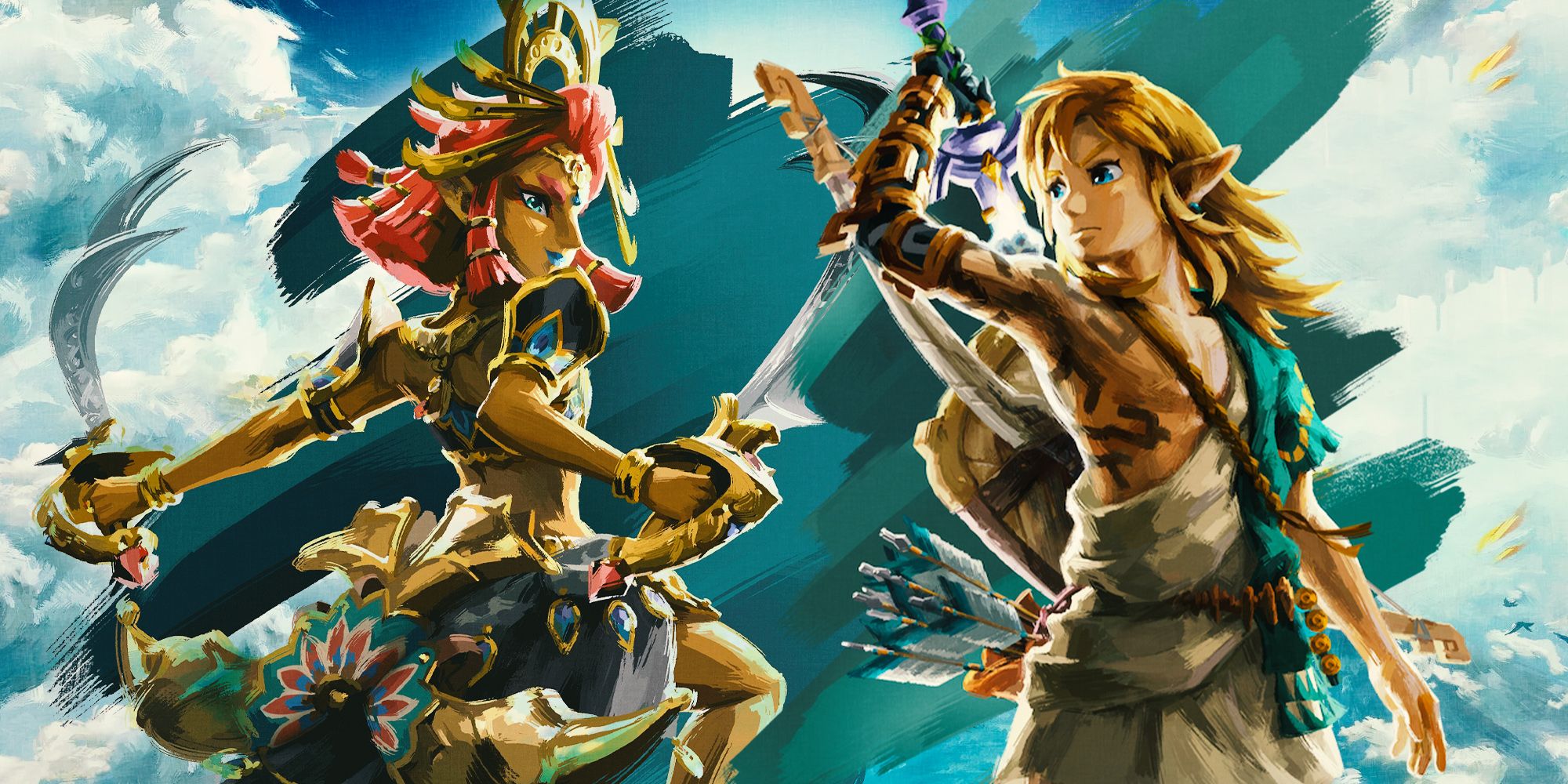
Riju’s Sage Ability Makes Zelda: TOTK’s Most Annoying Bosses Easy
Tears of the Kingdom pits players against some tough customers, but the Vow of Riju, Sage of Lightning can strike them with electric precision.
Gloom’s Lair Is Far From A Proper Dungeon For The King Of Evil
As fun as it can be to make it through Hyrule Castle and Gloom’s Lair, they are not actual dungeons, which means that they lack several features which could have made exploring them much more engaging and difficult. In both BOTW and TOTK, Link is faced with structures that have been corrupted to some extent through Ganondorf’s influence – the devastation caused by the Divine Beasts, and the “Regional Phenomena” caused by the boss monsters at the heart of the Temples. An explicitly and irredeemably evil stronghold in the form of Ganon’s Castle would have been an incredible counterpart to these, and had the opportunity to present a uniquely hostile environment.
It is disappointing that the ending sequences of both Breath of the Wild and The Legend of Zelda: Tears of the Kingdom lack versions of the classic Ganon’s Castle, although they are, of course, still very well constructed. Especially given the latter’s Temples, Ganondorf deserves his own dungeon on par with any other, so the absence is notable. But on the other hand, these games are meant to be entirely open-world adventures, hence the speed with which Link can reach the final battle. It is entirely possible that a full Ganon’s Castle dungeon would have conflicted with the overall design philosophy, too harshly stopping the hero in his tracks.
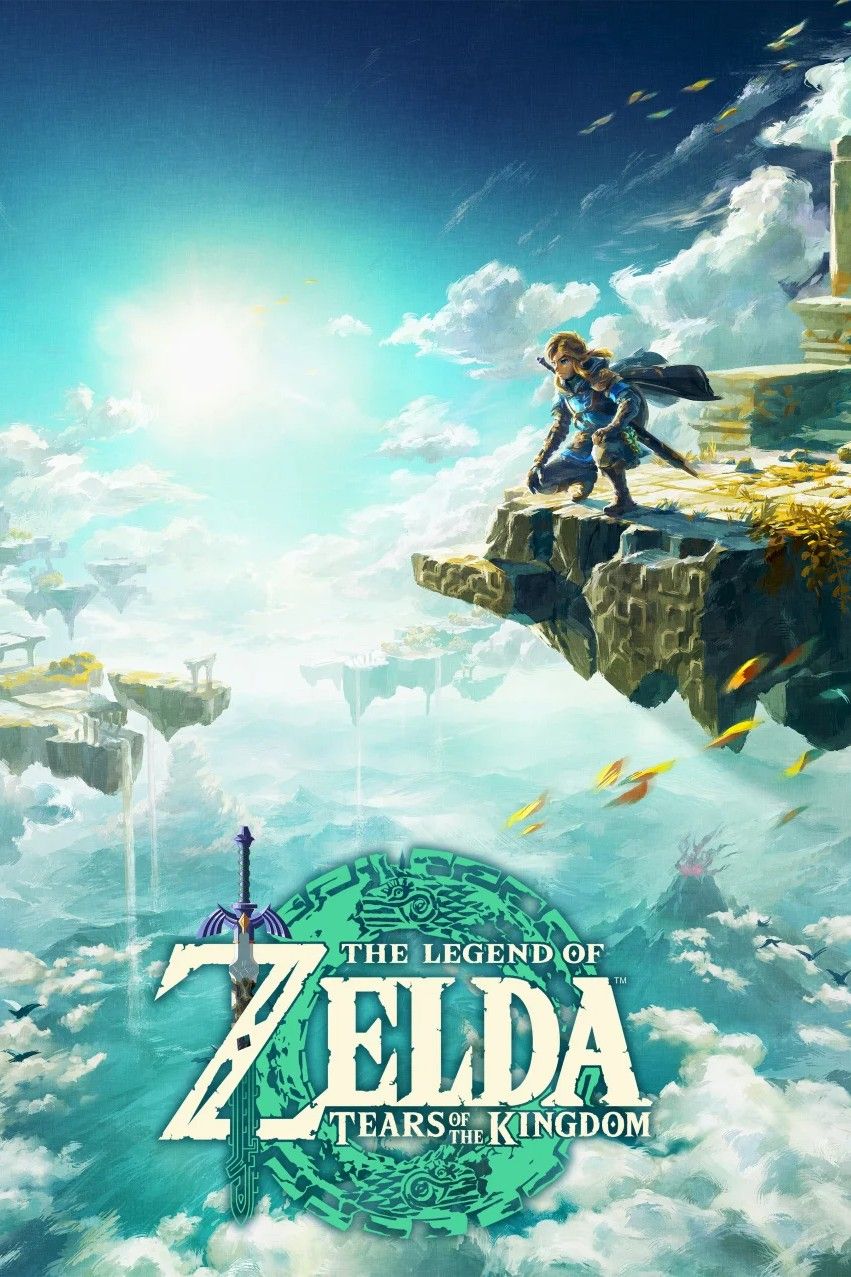
The Legend of Zelda: Tears of the Kingdom
The Legend of Zelda: Tears of the Kingdom is the anticipated follow-up to Breath of the Wild, released in 2017. A rare occurrence in Zelda titles, Tears of the Kingdom is a direct sequel instead of loosely connected. In Tears of the Kingdom, Link will take to the skies and learn about a mysterious kingdom in the clouds.
- Franchise
- The Legend of Zelda
- Platform(s)
- Nintendo Switch
- Released
- May 12, 2023
- Developer(s)
- Nintendo EPD
- Publisher(s)
- Nintendo
- Genre(s)
- Action-Adventure
- ESRB
- E10+
- How Long To Beat
- 35-50 hours
- Prequel
- The Legend of Zelda: Breath of the Wild




